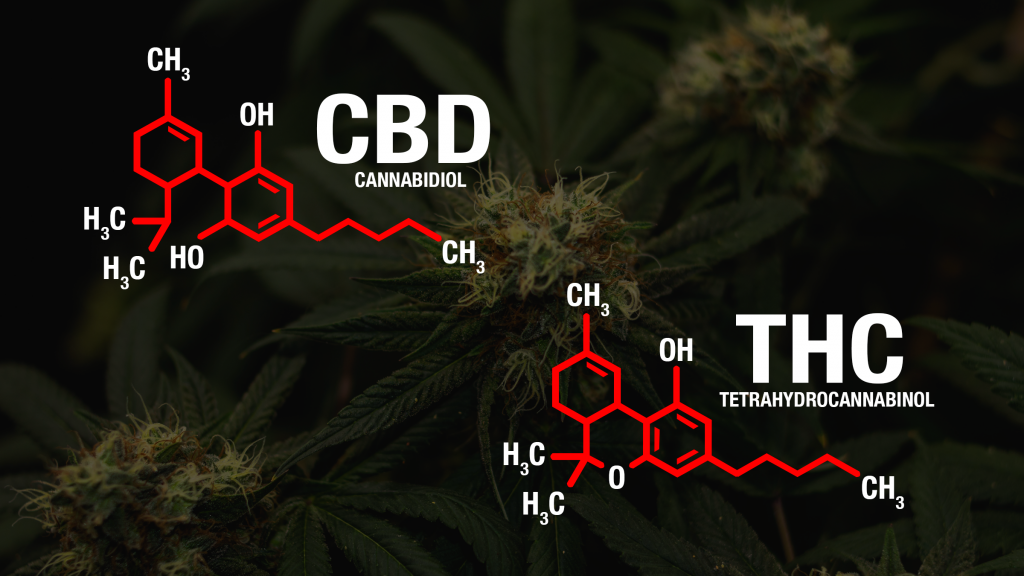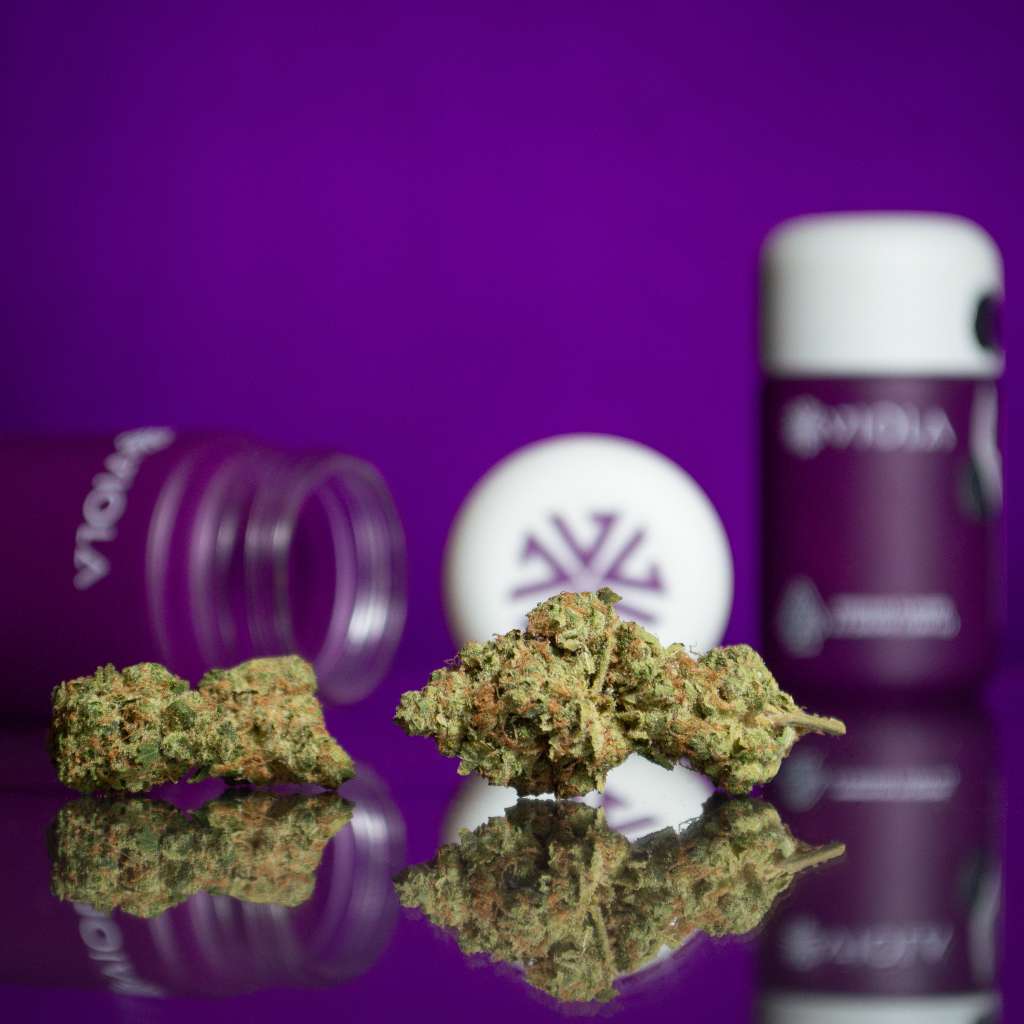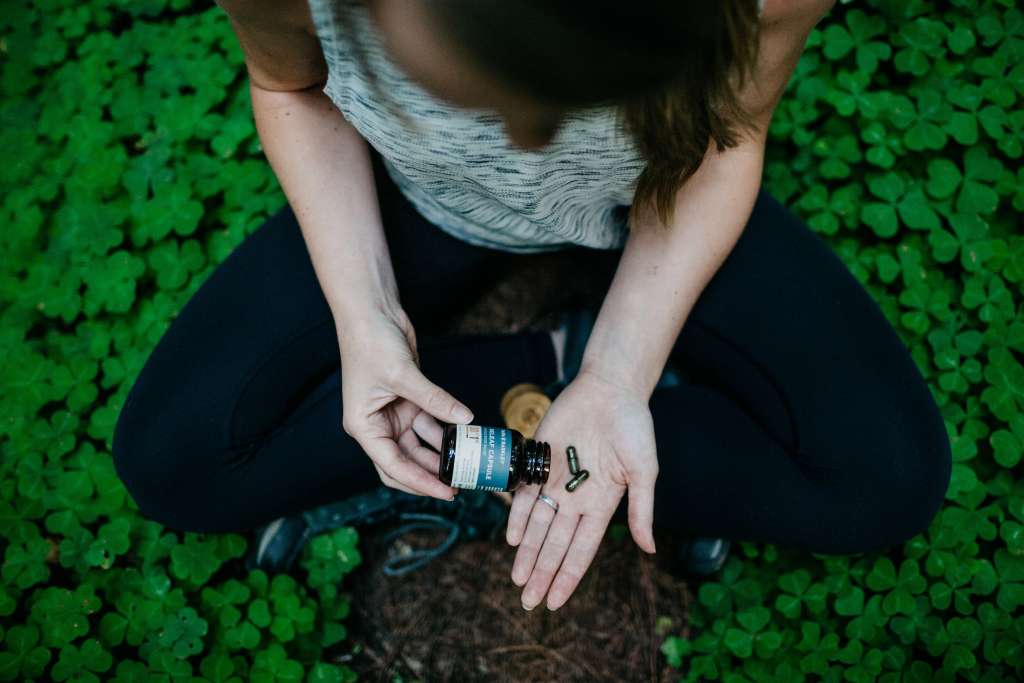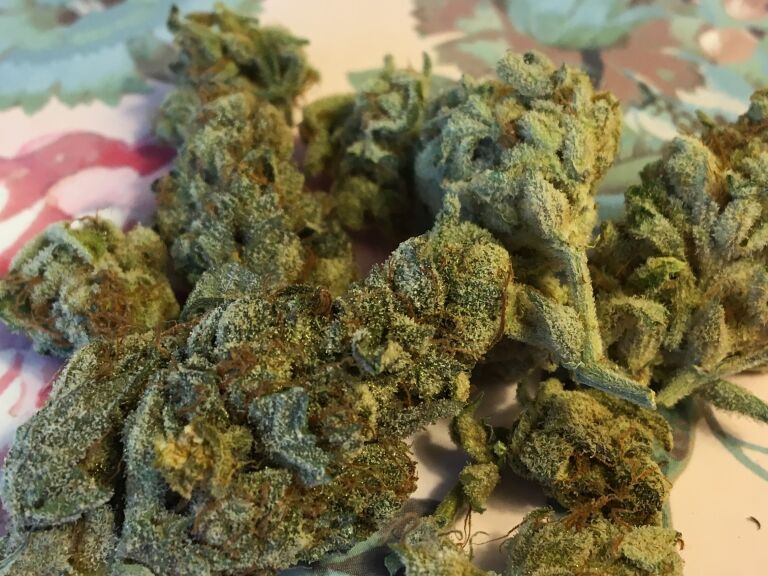I’d rather not spend a lot of our words together rehashing the history of cannabis and the healing arts so we can focus on the use of cannabis for pain management. Let’s leave it at we’ve found evidence of cannabis use as far back as we’ve been able to look and move on to the practical business of finding pain relief.
You or someone you care about lives with pain, and you’re hoping to find relief by utilizing cannabis for pain management. You have cannabis. You have pain. What do you do now?
Let’s take a few moments to:
- generally understand how the body responds to pain
- appreciate how cannabis helps the body modulate pain
Then we’ll explore some practical considerations when choosing to include a medicine as safe and potentially powerful as cannabis in a healing regimen.
Your body in pain

Pain is your body telling you that injury has occurred or is about to occur, and it would like you to get out of the way and minimize damage to the cells.
But why does it hurt so much?
It hurts because your body is wonderfully wired to keep your brain on top of things. At the ends of your nerve fibers are tiny sensory receptors called nociceptors, whose job it is to register damage to the cells or the threat of damage, and alert the brain in a timely manner so the body at large can react appropriately and return to balance.
In a healthy human body, the brain responds by instructing a series of signaling actions on many levels to stop the perception of pain, break your memories of the events so they don’t haunt you, and relax the tension getting in the way of healing, while bringing the immune system into play to clean up the inflammation and do any repair work.
All of that signaling is modulated by the signaling of your primary cellular communications system, the endocannabinoid system (ECS). Because phytocannabinoids from cannabis mimic the body’s own cannabinoids so closely, we’re able to use them to fill the gaps our over-stressed bodies can’t fill on their own yet.
But cannabis isn’t like any other medicine, and choosing to include it in your pain management regimen means you’ll do well to familiarize yourself with how it expresses as medicine, and how you can control those effects to find your greatest level of pain relief.
Things To Consider When Using Cannabis for Pain Management

The goal of using cannabis for pain relief is to find a CBD-rich formula that has as much THC in it as the patient is comfortable with. That’s not as difficult as it seems at first glance, and the more familiar you become with cannabis the less intimidating using it becomes. With experience comes greater pain relief.
Tame THC – The buzz isn’t for everyone, and most patients want to save their euphoric events for socializing. The good news? That high is easily avoided. THC will get you high if you:
- use enough THC that you’ll respond with euphoria.
- The high is dose-dependent. Take smaller doses and you reduce the euphoric effect.
- forget to use enough CBD to counteract the high of THC.
- At a 1:3 or 1:5 THC:CBD ratio (or higher) most euphoria is reduced to a sense of well-being. Everyone has an individual response.
Choose Your Ratio – Most medical conditions you’ll treat with cannabis will respond positively to a balanced 1:1 ratio of THC and CBD, making this the perfect starting point.
- Emotional pain may benefit from a higher CBD ratio.
- Sharp pain and the pain from cancer may benefit from a higher THC value, but remember all patients are individual.
The Entourage Effect – Cannabis essential oils come with the richness of synergistic molecules that interact with each other and with your cells in marvelous healing ways. Each of the cannabinoids, terpenes, and flavonoids have medicinal benefits on their own, but together they potentiate each other and dramatically enhance the healing benefits of cannabis medicines.
Choose Your Terpenes – When you can, look for lots of Beta-caryophyllene in particular, for its amazing anti-inflammatory effects. Linalool relaxes the mind in ways no other terpene will. The value of myrcene to relax your muscles and help THC melt that pain away makes it indispensable. And that’s only three of an extensive list of terpene choices.
Terpenes and their synergy with cannabinoids make a world of difference in your experience with cannabis for pain relief.
Time Your Doses – If you have the option, separate your CBD doses an hour or two BEFORE your THC doses. This schedule allows the body to absorb more THC. This can mean a smaller dose of THC can be used, or it can mean your body has more THC available to work with from the same dose. Either way- you win.
Control Dose Volumes – With cannabis, less is often more.
- Small doses of cannabis tend to stimulate.
- High doses of cannabis tend to sedate.
Find Your Minimum Effective Dose (MED) – Everyone has a sweet spot where they’ll get the maximum effects from cannabis for pain management, and that spot is usually much lower than we anticipate. Your MED is the point where your ECS can most happily work with the medicine you’re introducing. Take the time to find yours and help your body find a faster path back to relief.
About Chronic Pain
Chronic pain patients, in particular, do well to heed the advice to find the minimum effective dose (MED) when utilizing cannabis for pain management. Studies show that going above that sweet spot – which will be different for each of us – can lead to more pain perception instead of less. This is because cannabis is biphasic. If you take a low dose you’ll get one effect. Take a high dose and you may get the opposite effect. When using cannabis for pain management:
Start low Go slow Stay low
Microdose – Finding the daily dose and scheduling it in smaller doses across the day is more effective in many cases than taking one larger dose. Cannabinoids have a limited timeline within the body before they’re flushed out. Also, keeping THC doses to less than 10 mg will usually eliminate any problems with euphoria when using cannabis for pain.
Sleep – If a pain patient can find restful sleep they can usually face whatever comes into play in the next day. Taking 15 – 25 mg of THC about an hour before bedtime will usually influence good sleep patterns. Every patient is individual. Gently find their particular sweet spot for sleep & consider the administration method when using cannabis for pain relief.
- Edibles work well for sleep meds because they can carry the patient for 6-8 hours when properly dosed.
- Having a vaporizer ready at the bedside can be helpful for breakthrough pain during the night.
- Be aware that CBD is an “alerting molecule” and will keep you awake if taken too close to bedtime. Try to take that last CBD dose no closer than about two hours out from bedtime.
ALERT! CBD will deactivate cytochrome P450 enzymes, altering the metabolism of medicines that follow that same pathway. CBD essentially gets preferential transport into the cells, and the other molecules have to wait. As they wait they can get to dangerous levels. Your medical support team will want to decrease those levels by dropping the pharmaceutical dose a bit.
The drugs you want your doctor to watch include:
- painkillers
- statins
- blood thinners
- insulin
- other drugs using this pathway to metabolism
These drugs should all come with a warning to avoid grapefruit juice, making them easier for you to watch for.
Targeting the ECS for Maximum Relief

Pain can be classified into three major types, and we can peg particular endocannabinoid receptors and the major cannabinoids to soothe that pain.
Pricking pain – You’ve stubbed your toe, and by gosh, that hurt! This is pricking pain in action. Your cells are demanding immediate attention and response.
- Otherwise known as fast pain, it travels the A-delta nerve fibers straight to the brain in a flash.
- It’s temporary, localized pain that the patient can usually point to.
- Most pricking pain is from the skin.
- Breakthrough pain and traumatic injury fit into this category.
With Cannabis:
You target CB1 receptors for pricking pain and choose THC for the fastest response.
Although we don’t yet understand the mechanisms, CBD has shown itself to be useful for immediate pain, and at surprisingly low doses, so don’t hesitate to try a good-quality CBD product for fast relief when administering cannabis for pain.
Burning pain or soreness pain – When you’ve been burned or injured in a way that causes inflammation to rise you’ll feel burning or soreness.
- This pain travels the slower C nerve fibers.
- The pain takes longer to feel onset and lasts longer than pricking pain.
- The pain feels more spread out.
- We feel this category of pain as an annoyance, something intolerable.
- Most of this pain sensation comes from the skin.
With Cannabis:
Target CB1 receptors with THC and CBD to help the brain get beyond the pain perception, help relax muscle tension, and break the pain memory loop.
Target CB2 receptors with CBD to positively influence inflammation and keep THC’s euphoria under control (if necessary).
Target CB2 receptors with CBD to reduce anxiety or depression.
Target CB2 receptors with THC to assist immune response.
Aching pain – This is deep pain that feels like it will never stop.
- It rises from the core of you, traveling to the brain on slow C nerve fibers.
- It’s typically hard to pin the source down.
- Aching pain is annoying and intolerable.
With Cannabis:
Target CB1 receptors with THC and CBD to soothe the pain perception and accompanying frustration, so the patient can feel more normal.
Target CB2 receptors with CBD to work on inflammation and temper any unwanted high you’ll get from THC.
Consider suppositories for deeper pain relief. Yes, it’s unconventional, but it works well enough that it’s worth a try.
Administering Cannabis for Pain Relief

Your choice of administration method when using cannabis for pain management will likely be determined mostly by the level of your pain perception. Breakthrough or traumatic pain requires a faster response than burning pain or soreness, and aching pain benefits most from a steady, well-scheduled approach to a cannabis regimen.
Inhalation for the fastest onset of relief.
- Combustion
- Vaporization
Oral cannabis products to extend the relief.
- Edibles
- Infused drinks
- Tinctures
- Sprays
Topicals (with unbroken skin) to bring quick, localized relief to pain closer to the surface.
- Patches
- Creams, salves, etc.
- Topical oils
Suppositories remain a valuable, but widely untapped resource for deep pain.
Now It’s Your Turn

You deserve to live with less pain. Cannabis is a safe and effective choice for pain relief and management. Now that you’ve had a look at the basics of how cannabis helps the body deal with pain you can get to the happy business of experimenting to find your MED and your own sustained relief from pain, so you can get back to living a fuller life.
Feel free to share your thoughts, insights and any questions we’ve raised about using cannabis for pain in the comments section below, and we can sort it out together.



